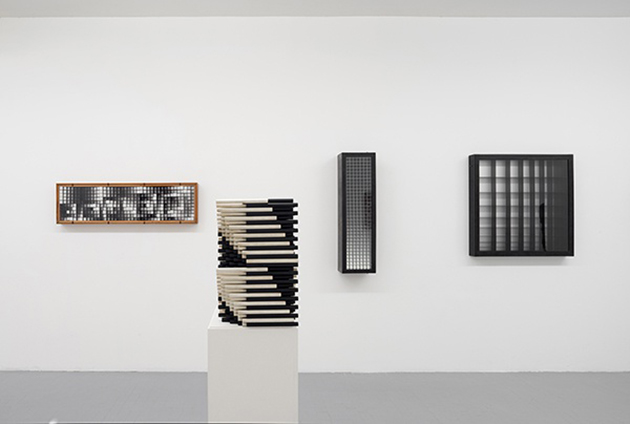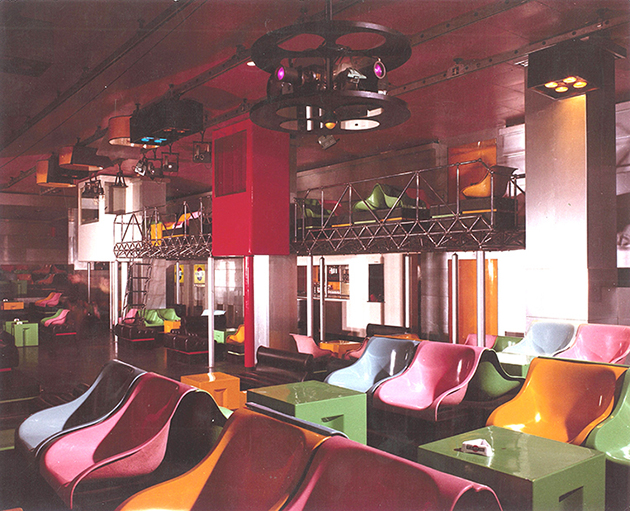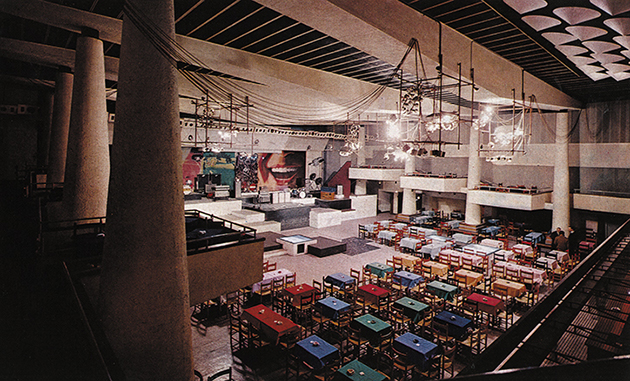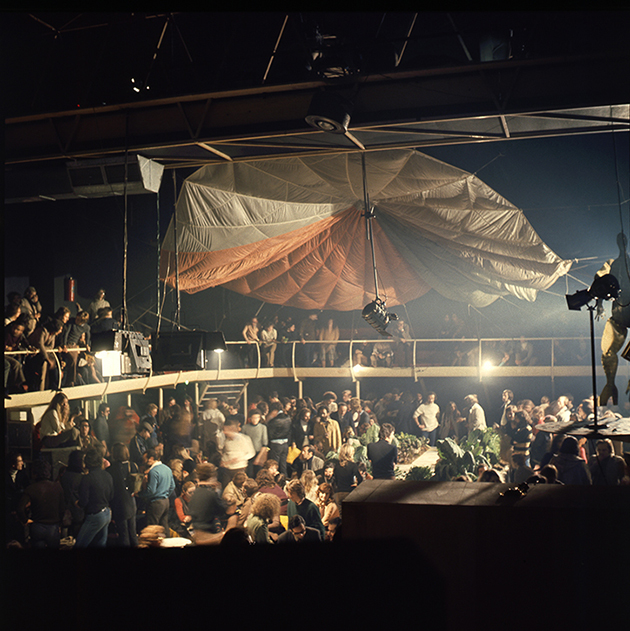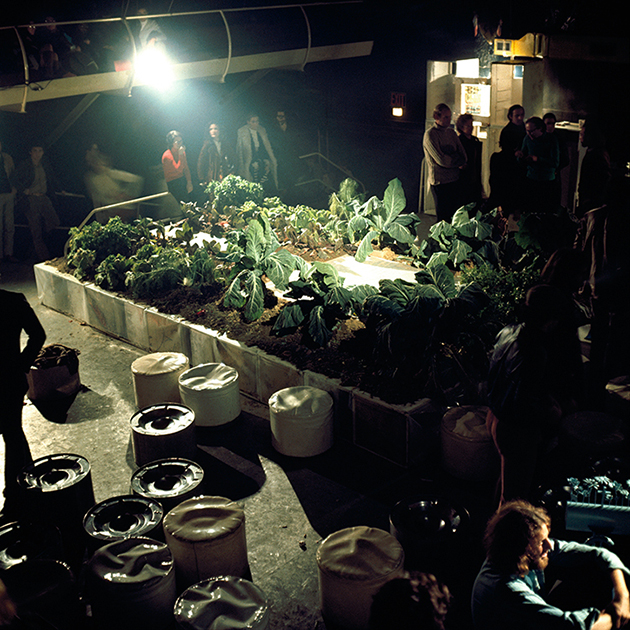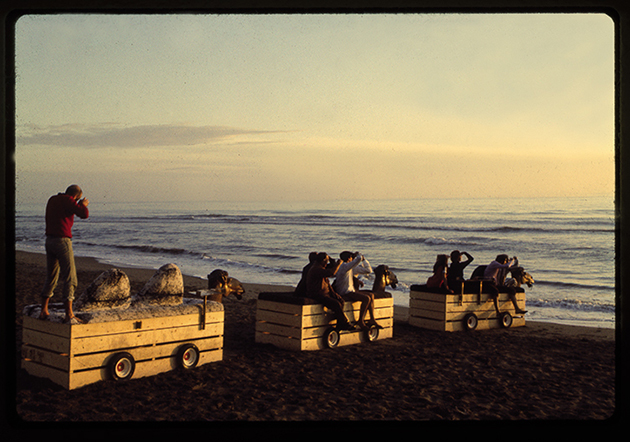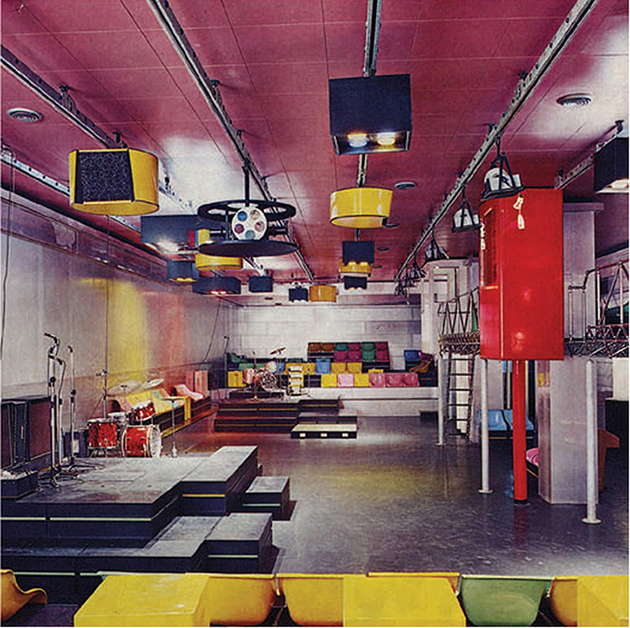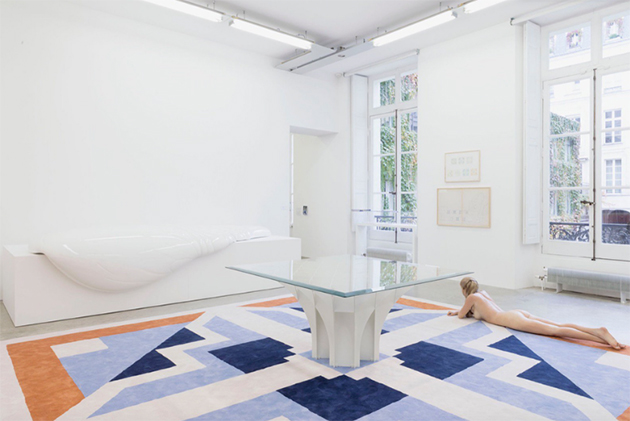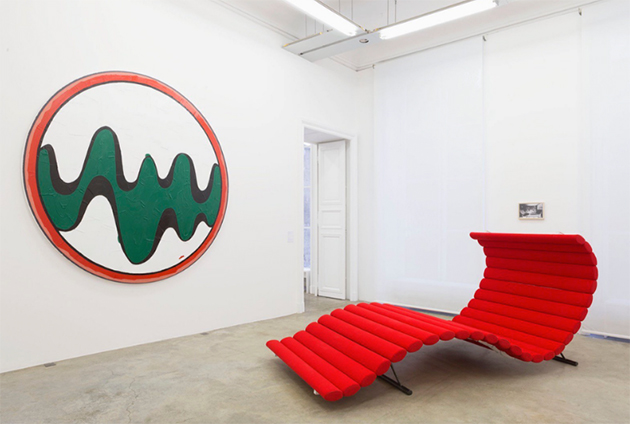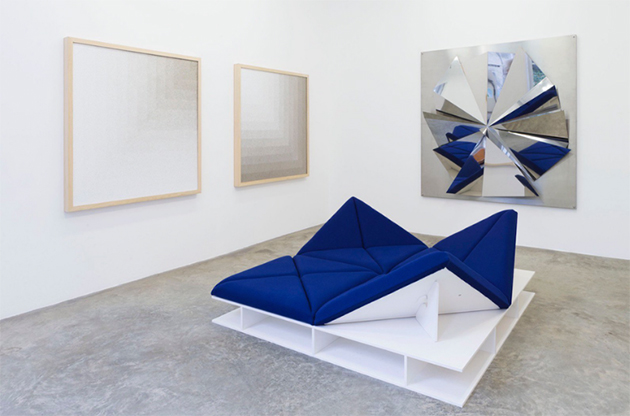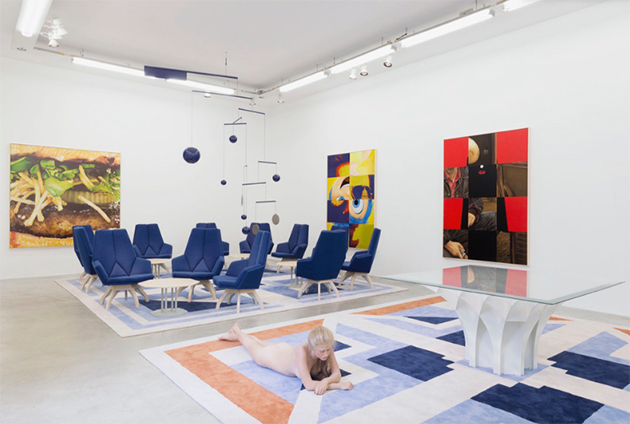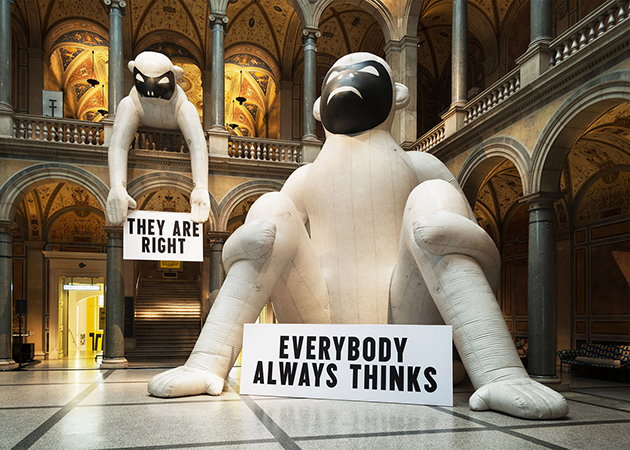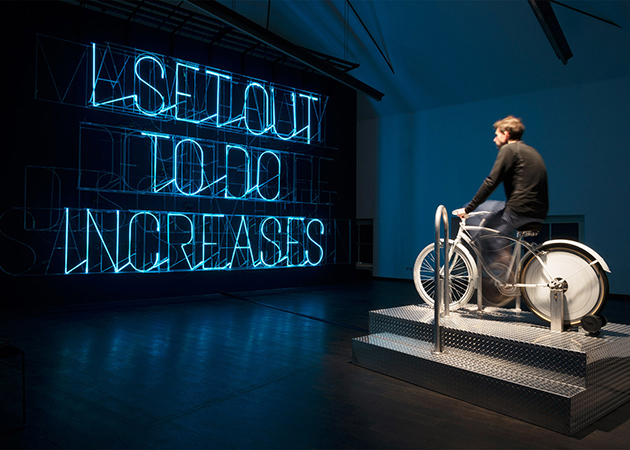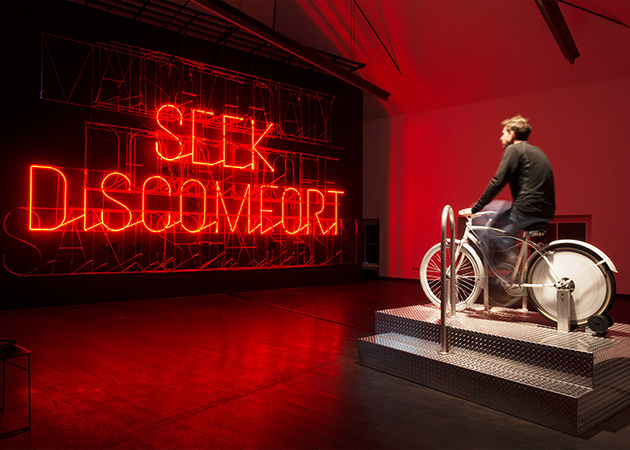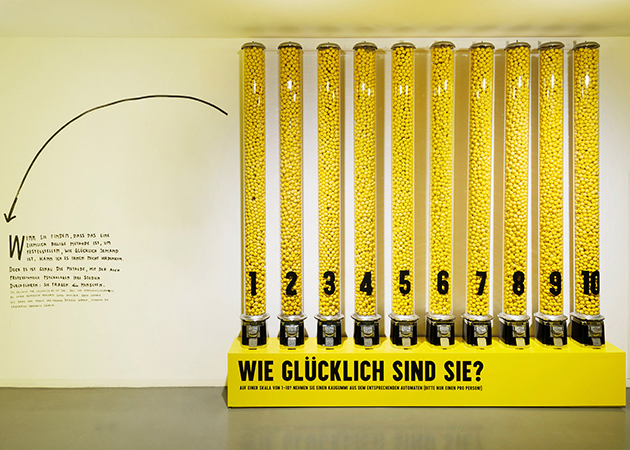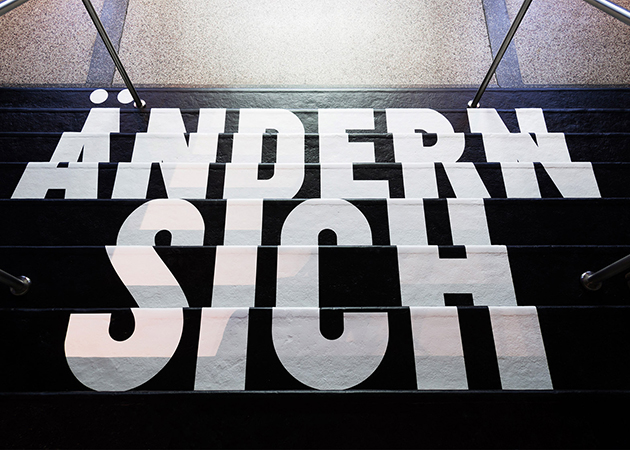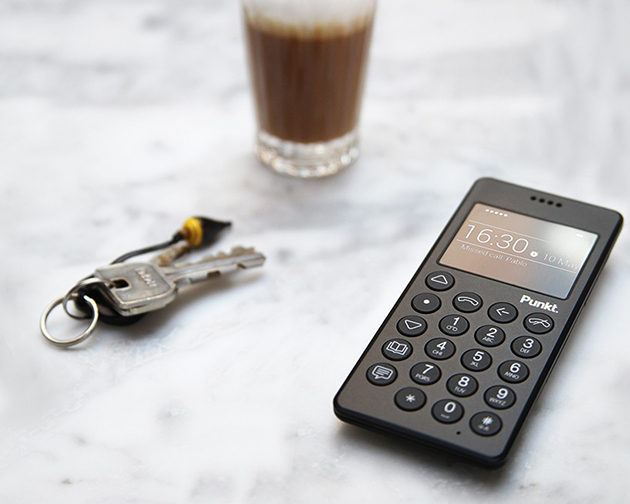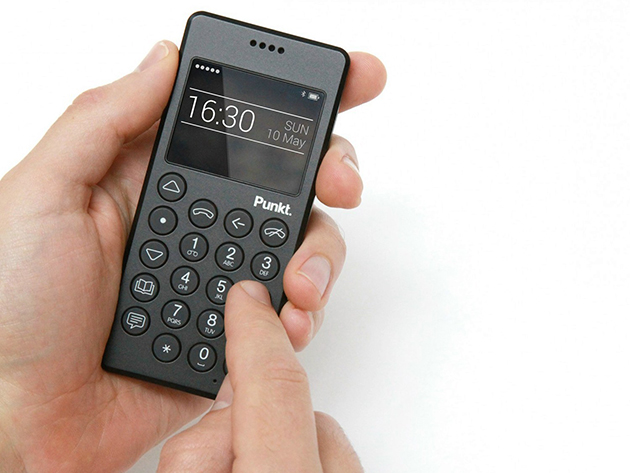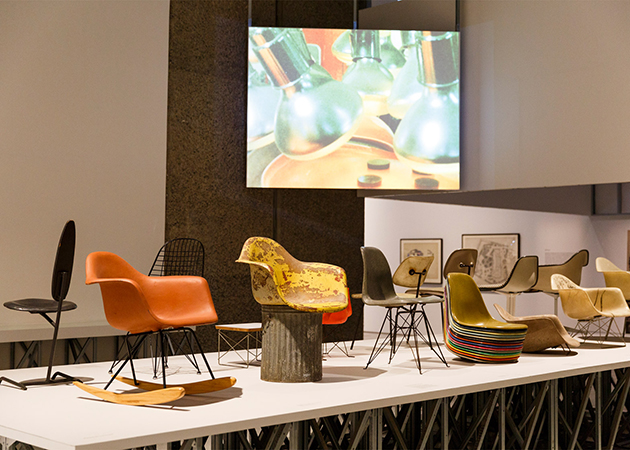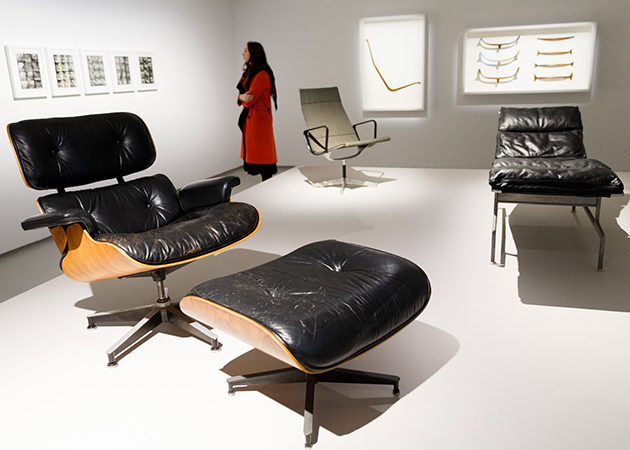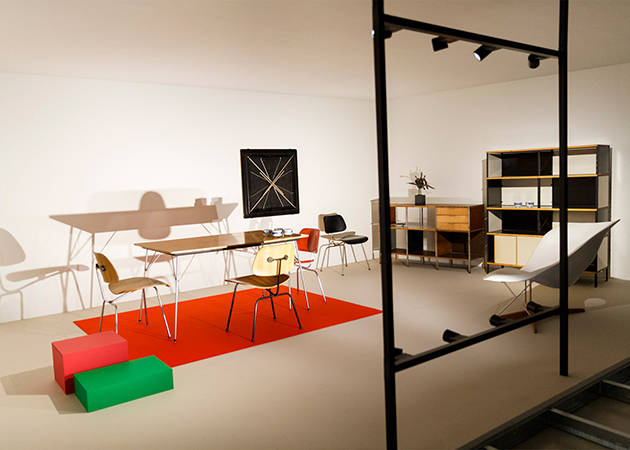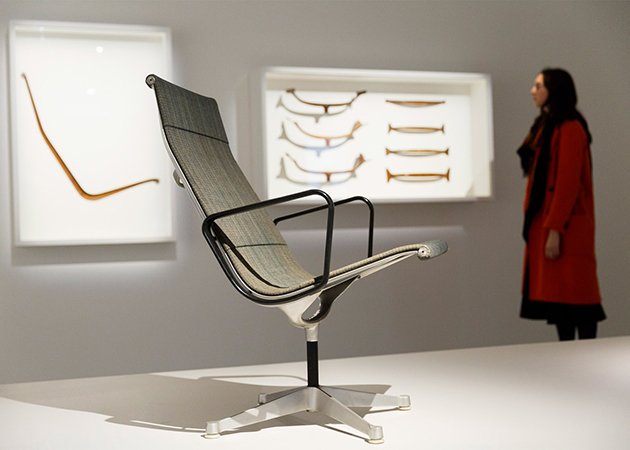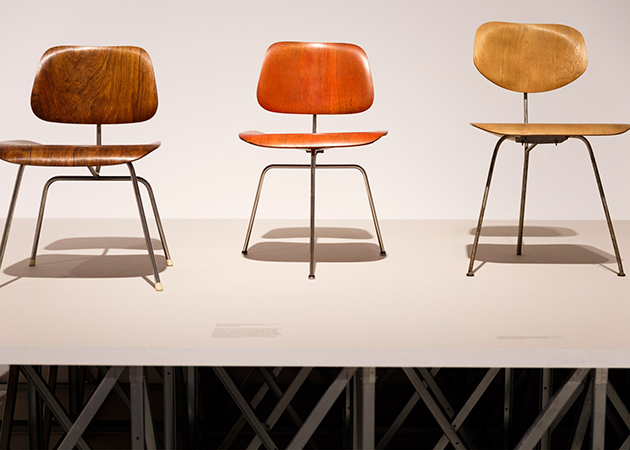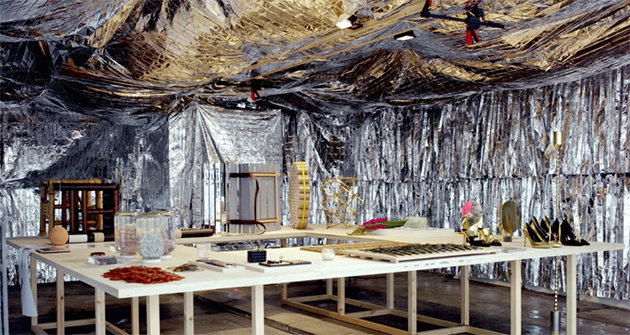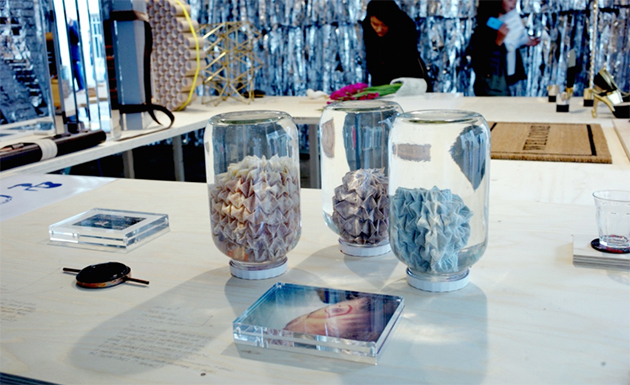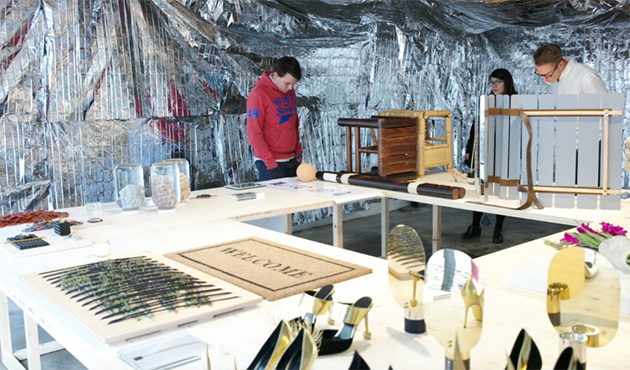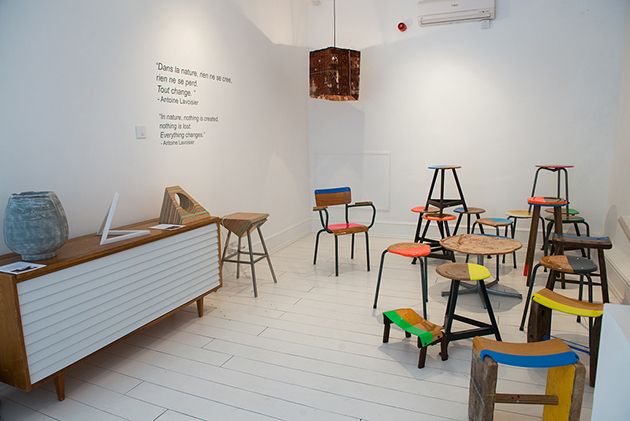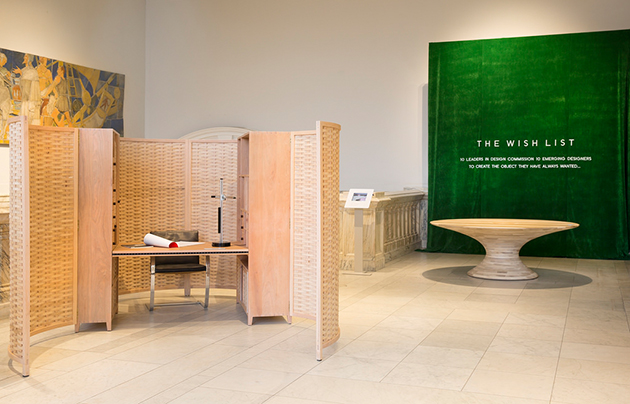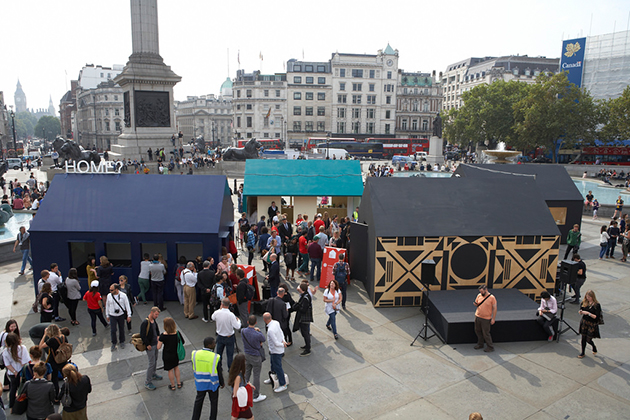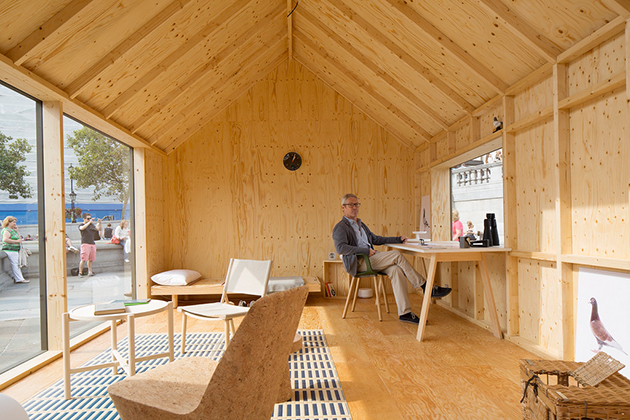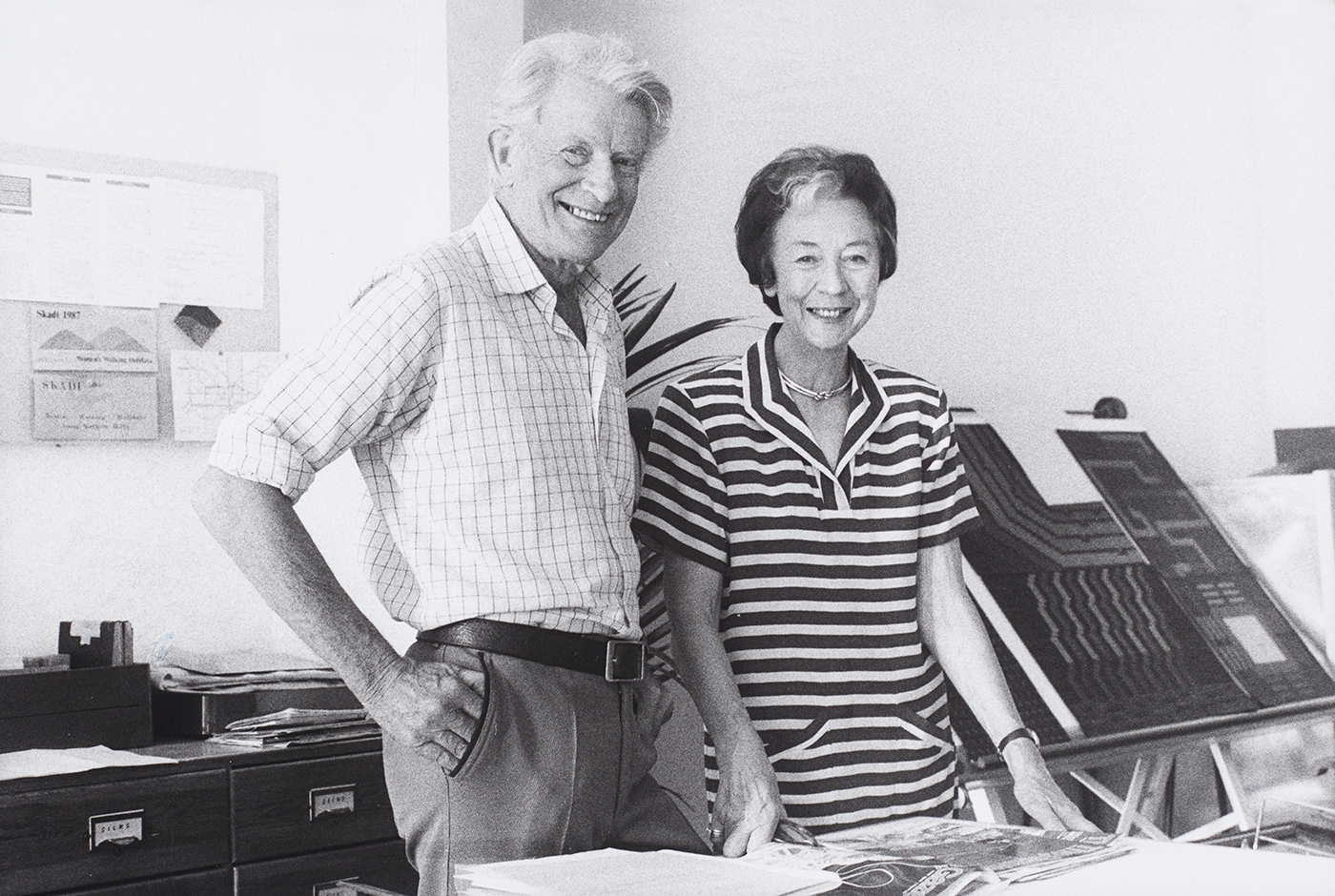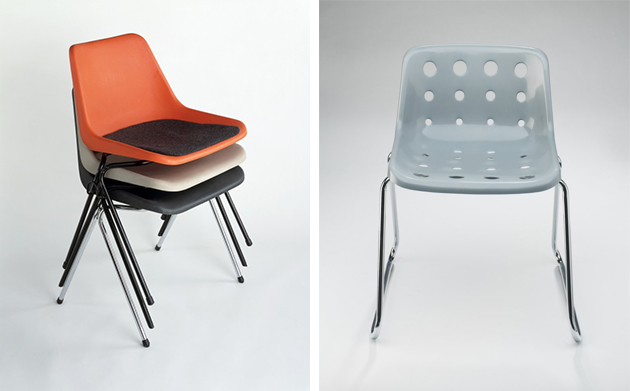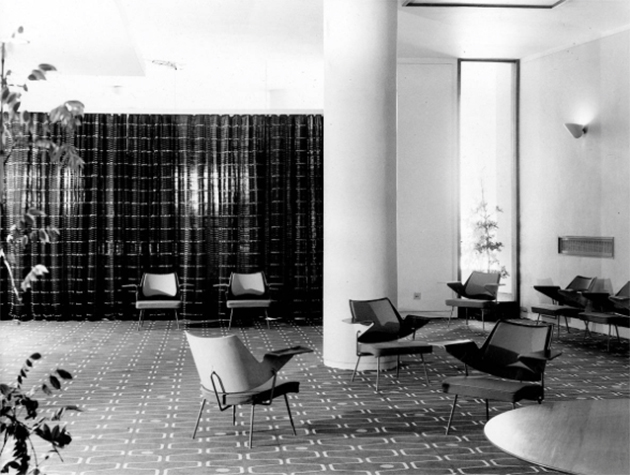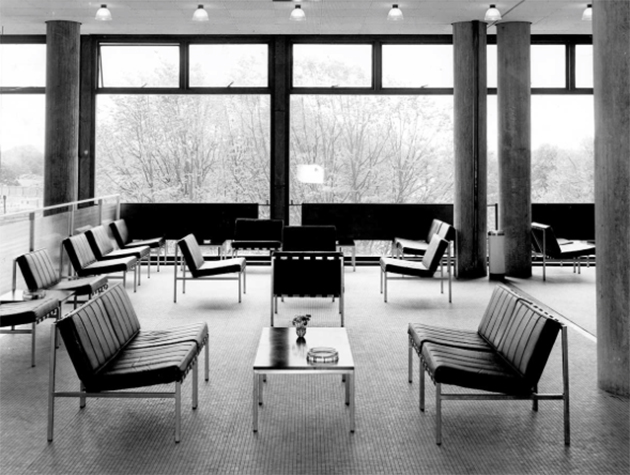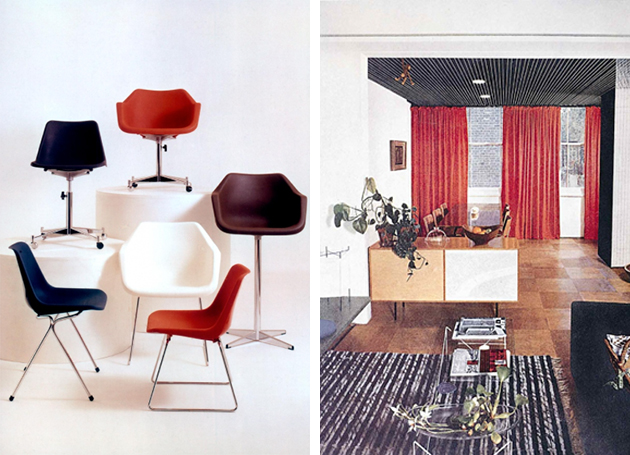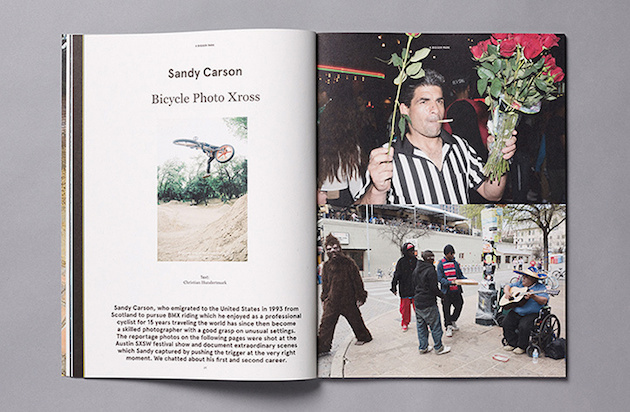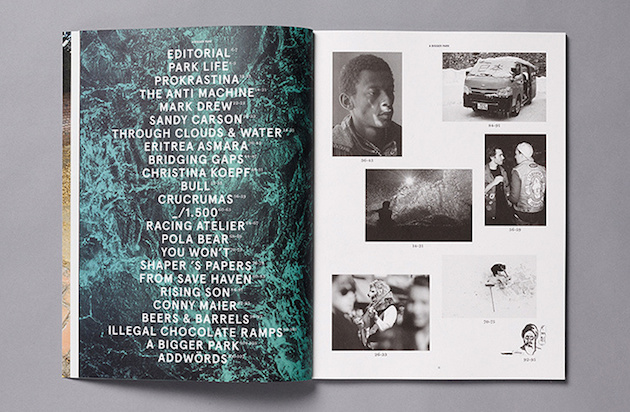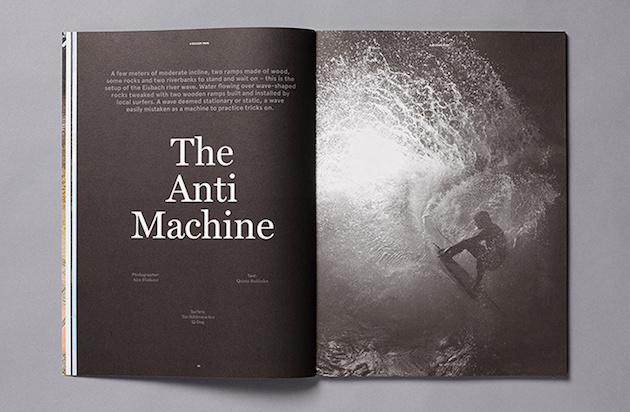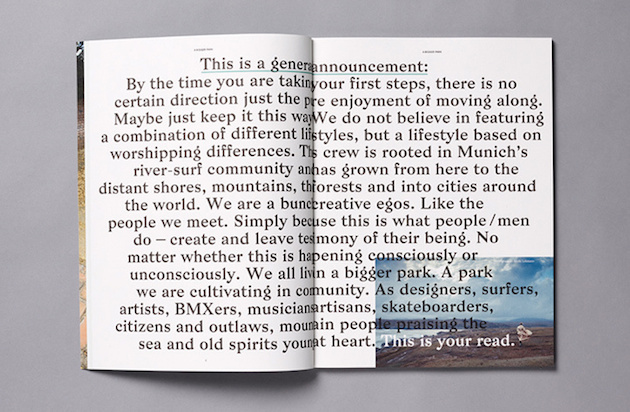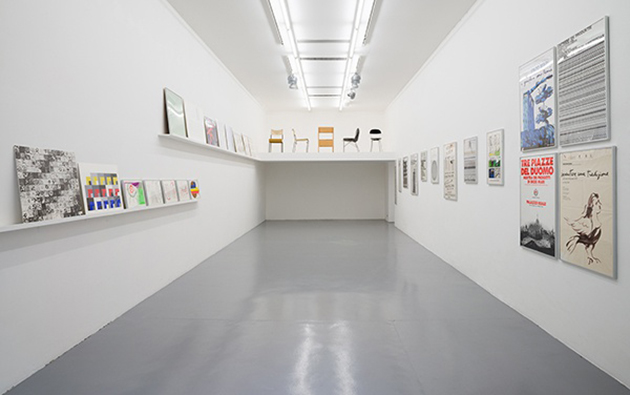
Gesamtkunstwerk is a German word, the utopian concept of a total work of art. The first time I encountered it was in Zurich, at the Kunstmuseum, where Harald Szeeman had organized an exhibition around this goal. There was a wide range of artworks from every year in the century, contrasting currents, different materials, mutually exclusive viewpoints, irreconcilable approaches, unexpected results, startling formalisms. A hodgepodge on the one hand, all-encompassing on the other. Exhibitions get forgotten, films go up in smoke, novels fade in memory, essays slip away. But in the end (close to the end) one realizes that all these layers, these heaps of information, pile up somewhere in our brains or souls and come to shape our view of the world, which also has some long compound name in German.
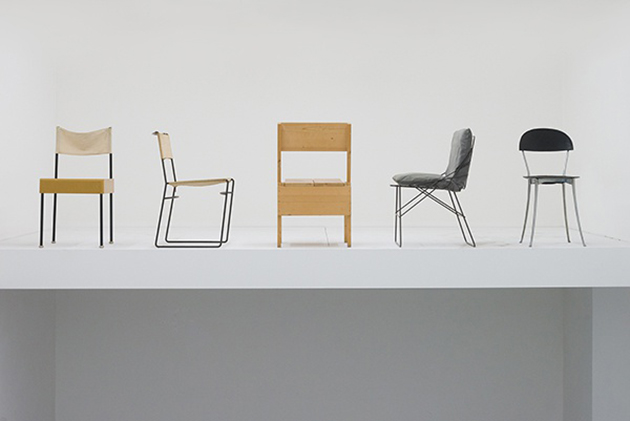
Over the course of his long life, Enzo Mari has accumulated experiments, drawings, designs, objects both found and made, artworks and multiples, printed manifestos and conceptual manifestos, handcrafted items and industrial products, obsessions and metaphors. All allegories of a method that seems to be the scaffolding of the total work of art to which he aspires. It is hard to define his approach; Mari is an artist, a designer, a graphic designer, an architect, a theorist, an idealist, a philosopher, but what is immediately clear is that he is a human who has always been impelled to invest and channel his entire life—and even those of the other humans who know and are close to him—into a single project. Mari has performed simple actions, like slightly bending an iron beam; extremely complex ones, like imagining a diagonal slice through the Palazzo dell’Arengario in Milan; and an idea that may be even more utopian and crazy: that of transforming the world by influencing the condition of his fellow humans. Everything he has managed to achieve or even just conceive, using a complex method that would be incomprehensible and inapplicable for anyone else, has been organized, classified and diligently preserved in his endless, paroxysmal and perhaps paranoid archive. An archive I visited for the first time a few months ago, at 10 Piazzale Baracca, a space that was Enzo Mari’s home and then became his studio, an all-encompassing Wunderkammer of gathered, accumulated, catalogued and stored memories, where he has worked for over fifty years; a place where objects wait, with dusty impatience, to be put into action, brought back to light; an archive that is a Renaissance workshop, a place imbued with visions, dangers, curses, treasures for those who can to see them, little shifts in meaning carried out by this moody maestro, both gentle and austere.
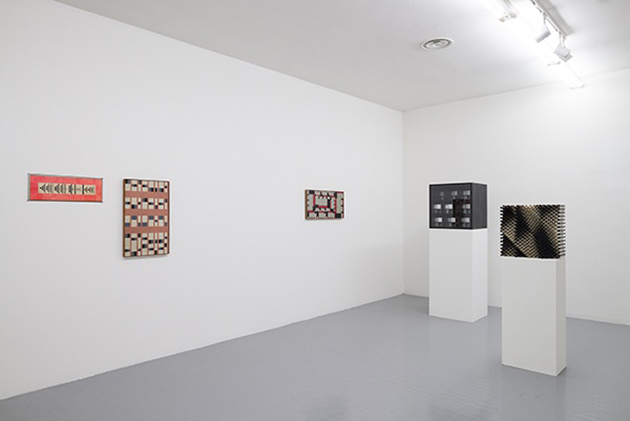
A man of another era? No, a man of his own era, a man outside of any era, never afraid to reshape the basic ideas underneath it all, switching them around and coming up each time with a new group aesthetic, though he gives you to understand that he doesn’t believe in groups. Eras change, storms subside, and these ideological approaches from the “roaring years” now seem sweet and still utopian, ridiculous and yet tragic. But the works, objects and texts of his poetic vision remain as proof of a complex mental construct, which is not satisfied with details, but aspires to create a total work of art.
